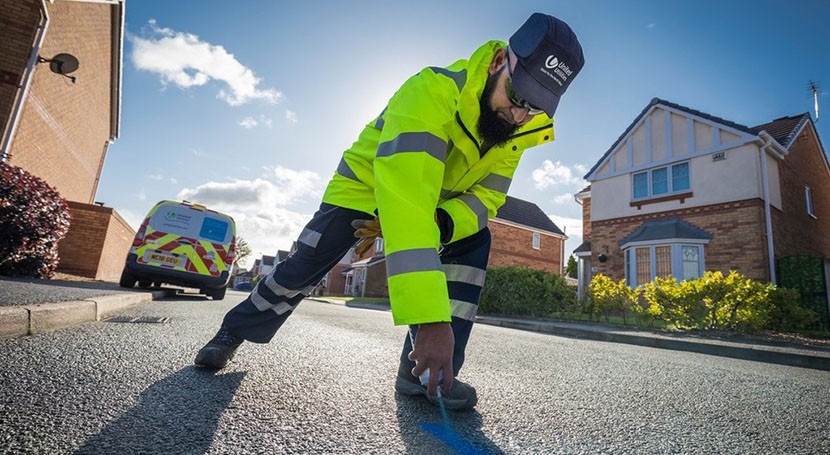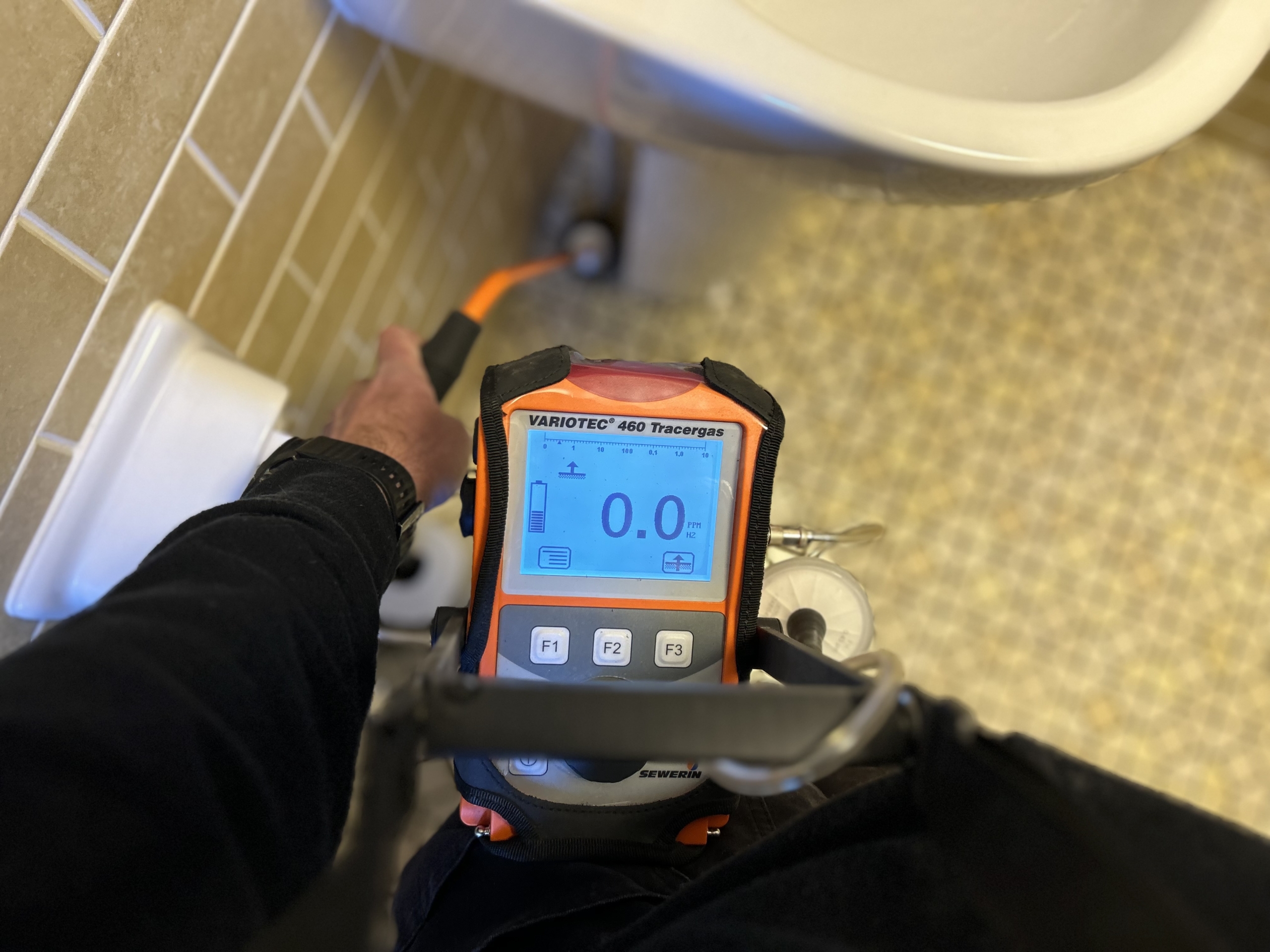Top Water Leak Detection Methods to Secure Your Building from Water Damages
Innovative Solutions for Very Early Detection of Water Leakages in Buildings and Facilities
As the integrity of structures and infrastructure is vital, the challenge of very early detection of water leakages has actually stimulated innovative services that guarantee to change the way we secure against possible problems. From advanced leakage detection modern technologies to the deployment of IoT sensors for real-time tracking, the landscape of leak avoidance is evolving quickly. Artificial intelligence formulas use a peek right into the future of leakage prediction, while thermal imaging provides a non-intrusive technique for determining concealed leaks. Automated water flow evaluation systems are improving just how leaks are determined and resolved, leading the way for a proactive technique to water leakage detection. Each of these services holds the crucial to ensuring the reliability and longevity of our developed setting, motivating a change in the direction of a more sustainable and effective future.
Advanced Leak Detection Technologies
Advanced leak detection modern technologies, equipped with cutting-edge sensors and formulas, play an essential role in swiftly identifying and pinpointing water leaks in various setups. These innovations utilize a combination of acoustic, thermal, and electromagnetic picking up approaches to identify leakages precisely. Acoustic sensors spot the sound of escaping water, permitting exact localization of the leak source. Thermal imaging detects temperature level adjustments triggered by water leakage, providing an additional efficient method for leak identification. Electro-magnetic sensors can recognize changes in electro-magnetic areas caused by water, offering yet an additional layer of leak discovery ability.

IoT Sensors for Real-Time Tracking
In the world of contemporary water leakage detection, the integration of IoT sensors for real-time tracking stands for a pivotal innovation in enhancing positive leakage discovery capacities. These sensing units offer continuous tracking of water systems, supplying real-time information on water circulation prices, stress variants, and temperature level changes. By leveraging IoT technology, these sensing units can spot even the smallest anomalies in water usage patterns, enabling early identification of potential leakages prior to they rise right into significant problems.
IoT sensing units transfer data to a centralized system, where advanced algorithms examine the information and produce notifies or alerts when abnormalities are found. This real-time surveillance capability enables residential or commercial property owners or facility managers to immediately address leaks, lessening water damage, decreasing fixing costs, and preserving water resources.
In addition, IoT sensors can be incorporated with building monitoring systems, permitting automated responses to spotted leakages, such as shutting down water shutoffs Visit This Link or triggering pumps to reduce the influence hop over to here of leaks. Overall, the implementation of IoT sensing units for real-time surveillance substantially improves the efficiency and efficiency of water leak detection in structures and infrastructure.
Maker Learning Algorithms for Leak Prediction

One secret advantage of utilizing device learning for leakage forecast is its capability to continually learn and boost its accuracy over time. As more information is gathered and fed right into the algorithm, it can improve its forecasts and adjust to changing problems, inevitably boosting the reliability of leak detection systems.
In addition, artificial intelligence formulas can assist in identifying refined indicators of leakages that might go unnoticed by standard surveillance techniques. water leak detection. By assessing intricate data sets in real-time, these algorithms can offer early warnings and informs, enabling timely treatment and preventive upkeep to reduce possible water damages and linked costs
Using Thermal Imaging for Leakage Detection
Thermal imaging modern technology provides a promising strategy for detecting water leaks in different systems and facilities. By using infrared radiation and temperature level differences, thermal imaging video cameras can identify covert leakages that are not quickly noticeable to the nude eye. When water escapes from pipes or structures, it commonly alters the temperature level of the surrounding location, developing temperature differentials that thermal electronic cameras can catch. These temperature level abnormalities are then converted right into noticeable photos, highlighting the specific place of the leak.
Among the vital advantages of thermal imaging for leakage discovery is its non-intrusive nature. Unlike standard approaches that may require breaking into walls or floorings to find leakages, thermal imaging permits non-destructive screening. This not only saves time and reduces prices yet also decreases disturbance to the building or framework being examined. Furthermore, thermal imaging can rapidly scan big locations, supplying a detailed summary of potential leakage sources in a prompt fashion. Generally, using thermal imaging innovation enhances the effectiveness and accuracy of water leak discovery, making it a beneficial tool for maintaining the integrity of buildings and infrastructures.
Automated Water Circulation Analysis Equipments
Exactly how can automatic water flow evaluation systems change the discovery and administration of leaks in numerous systems and facilities? Automated water flow evaluation systems provide a positive approach to leakage discovery by continuously checking water flow rates and patterns. By establishing baseline information, these this contact form systems can swiftly determine discrepancies that might indicate a leak, enabling punctual treatment to stop comprehensive damages.
These systems utilize advanced algorithms to examine real-time information and offer prompt alerts when abnormalities are identified, permitting swift action to be taken. Additionally, computerized water circulation evaluation systems can be integrated with building administration systems or IoT platforms, boosting total efficiency and enabling remote tracking capabilities.
In addition, the information collected by these systems can be used for anticipating maintenance objectives, assisting to recognize prospective weak points in the facilities before leaks take place. On the whole, the execution of automatic water flow evaluation systems can dramatically boost leak detection and administration methods, eventually resulting in cost financial savings, lowered water waste, and boosted sustainability in structures and facilities.

Verdict
Finally, the integration of advanced leakage detection modern technologies, IoT sensors, maker learning formulas, thermal imaging, and computerized water circulation evaluation systems supplies cutting-edge solutions for early detection of water leakages in buildings and framework. These technologies allow real-time monitoring, forecast of leakages, and effective discovery methods to stop water damages and wastage. Applying these services can help in preserving the integrity and sustainability of water supply in various settings.